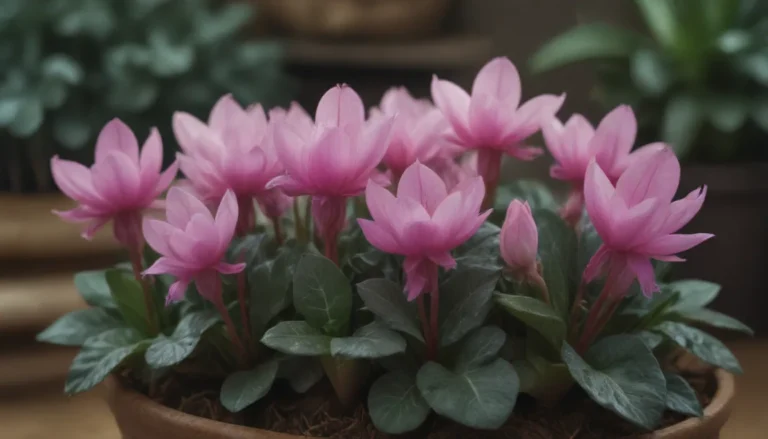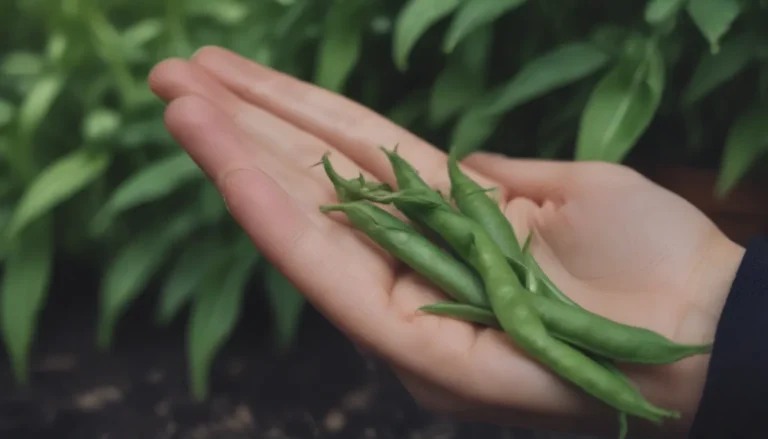The Ultimate Guide to Watering Deeply and Why It’s Important for Your Garden

If you’re a gardener, you’ve probably heard the advice to “water deeply” at some point. But what does it really mean to water deeply, and why is it so important for the health of your plants? In this comprehensive guide, we’ll delve into the ins and outs of watering deeply, why it matters, and how you can ensure your garden is getting the hydration it needs to thrive.
Understanding the Concept of Watering Deeply
When we talk about watering deeply, we’re referring to the practice of allowing water to penetrate deep into the soil, at least eight inches below the surface. This is crucial because most plant roots extend far below the surface in search of water and nutrients. By watering deeply, you’re ensuring that the roots have access to the moisture they need to thrive, even during dry periods.
The main idea behind watering deeply is to mimic natural rainfall and promote the development of a strong root system. When you water superficially, the moisture only penetrates the top few inches of soil, which can lead to shallow root growth. On the other hand, watering deeply encourages roots to grow deeper into the soil, making them more resilient to drought conditions.
Why Watering Deeply Matters
Watering deeply offers a range of benefits for your plants, including:
- Promoting deep root growth: When you water deeply, you encourage roots to grow deeper into the soil, making them better able to access nutrients and withstand dry periods.
- Improving soil health: Deep watering helps distribute nutrients throughout the soil, promoting microbial activity and overall soil health.
- Reducing water waste: By watering deeply and less frequently, you can reduce water runoff and ensure that moisture is reaching the root zone where it’s needed most.
- Preventing plant stress: Deeply watered plants are less likely to experience stress during hot, dry weather, leading to healthier, more resilient plants.
How to Water Deeply: Tips and Techniques
Now that you understand the importance of watering deeply, let’s explore some tips and techniques to help you achieve this in your garden:
- Use the right watering method: Opt for a slow and steady watering technique to ensure the water has time to penetrate deep into the soil.
- Water at the right time: Water your garden early in the morning or late in the evening to minimize evaporation and ensure the moisture reaches the roots.
- Monitor soil moisture: Use a trowel to check the moisture level in your soil. If it’s dry below the surface, it’s time to water deeply.
- Mulch your garden: Mulching your garden with a layer of organic matter can help retain moisture and reduce the need for frequent watering.
- Adjust based on soil type: Consider your soil type when watering deeply. Sandy soil drains quickly, while clay soil retains moisture longer.
Testing Your Deep Watering Efforts
To ensure you’re watering deeply enough, perform a simple test:
- Water your garden as usual.
- Wait for about half an hour.
- Use a trowel to dig down into the soil.
- Check if the soil is moist at least eight inches below the surface.
If the soil isn’t adequately moist, adjust your watering technique by watering more slowly and for a longer duration. The goal is to give your plants a deep, thorough soaking that will sustain them through dry periods.
Conclusion
In conclusion, watering deeply is a fundamental practice for maintaining a healthy and thriving garden. By understanding the concept of deep watering, implementing the right techniques, and monitoring your soil moisture levels, you can ensure that your plants have the hydration they need to flourish. Remember, consistency is key when it comes to deep watering, so make it a regular part of your gardening routine to see the best results. Happy gardening!





